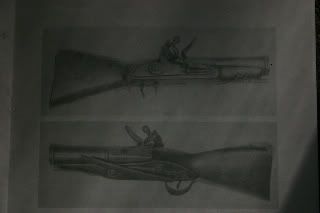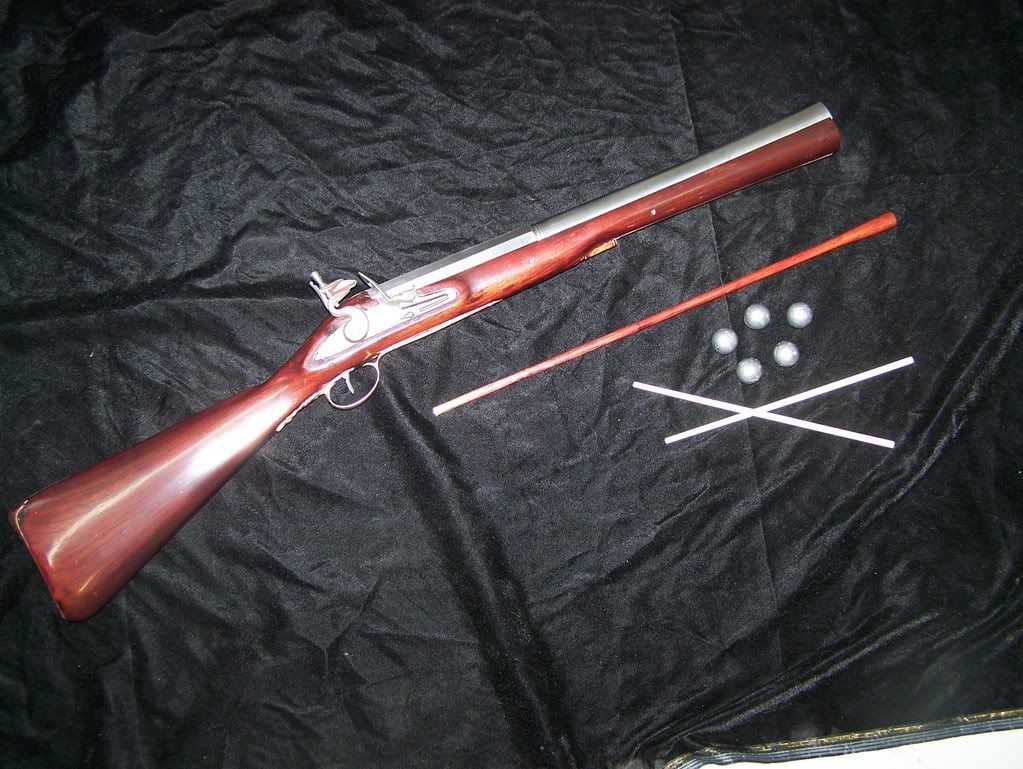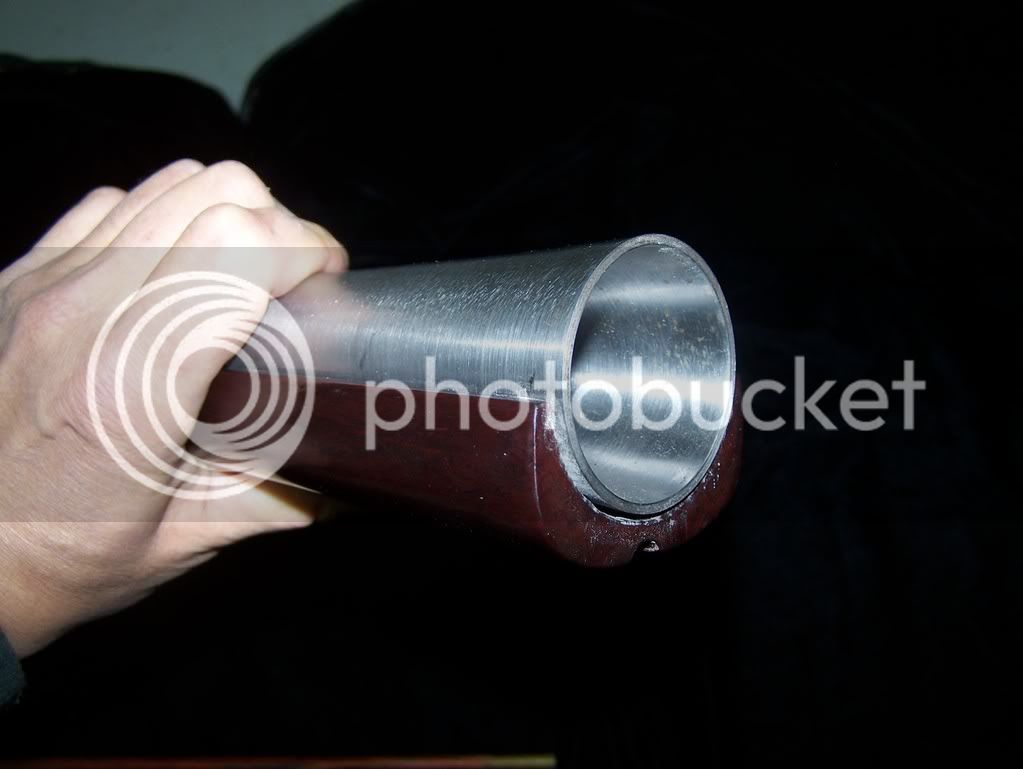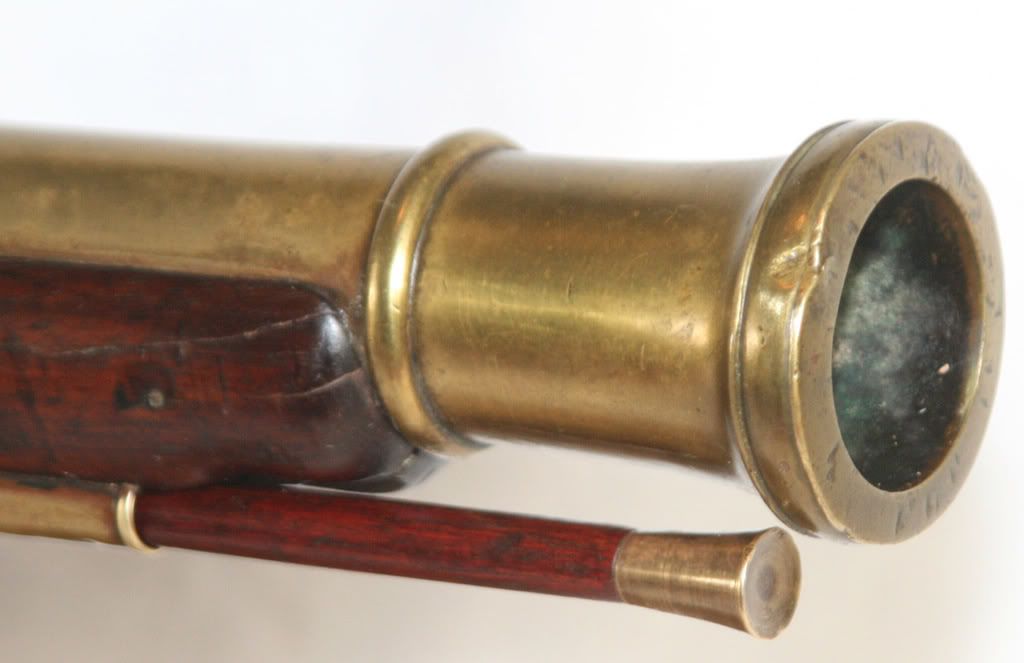ahhh, here it is:
----General George Washington wrote to the Board of War on April 4, 1779, stating: "It appears to me that Light Blunderbusses on account of the quantity of shot they will carry, will be preferable to Carbines, for Dragoons, as the Carbines only carry a single ball especially in case of close action." ------
----General George Washington wrote to the Board of War on April 4, 1779, stating: "It appears to me that Light Blunderbusses on account of the quantity of shot they will carry, will be preferable to Carbines, for Dragoons, as the Carbines only carry a single ball especially in case of close action." ------









